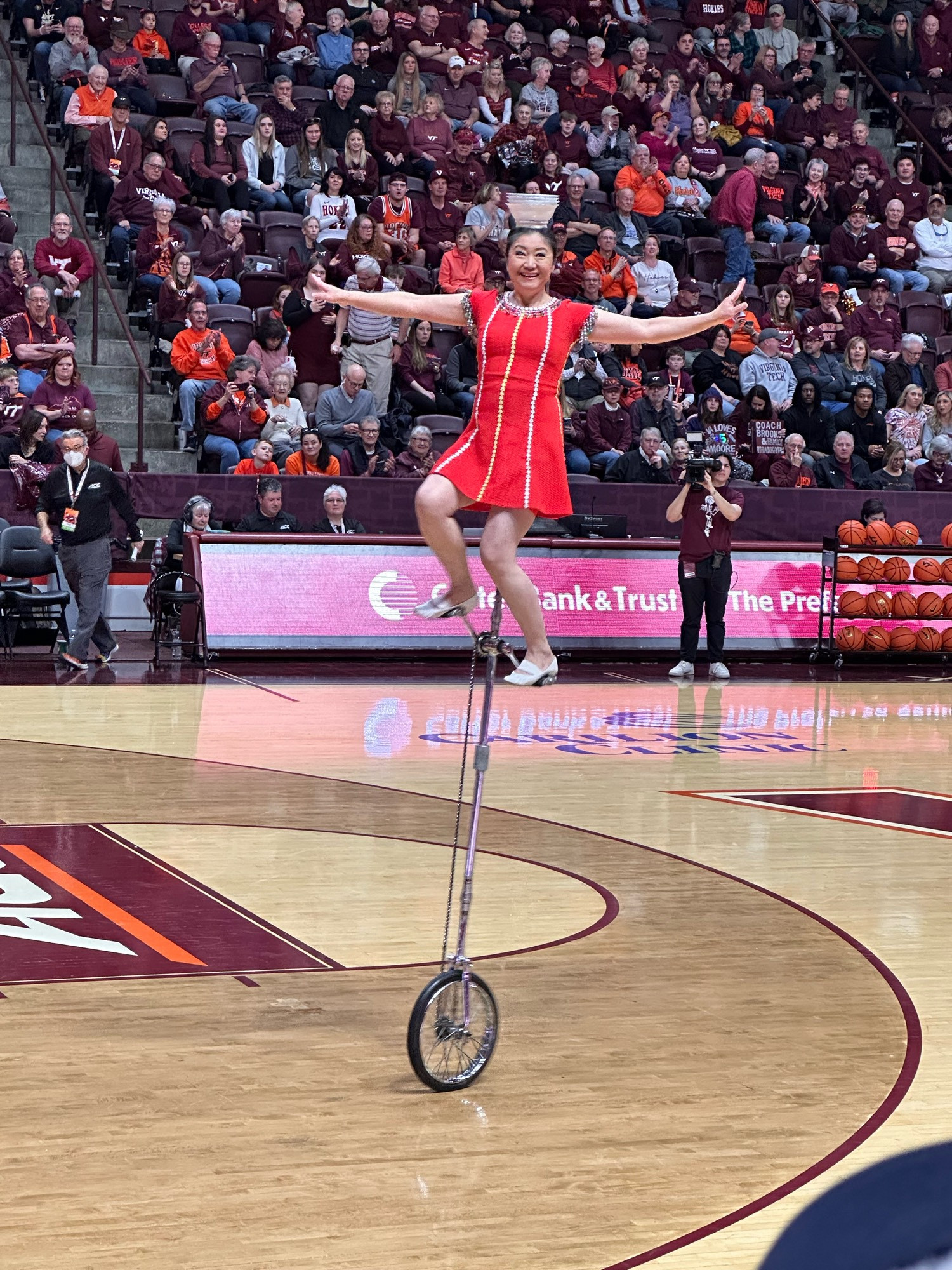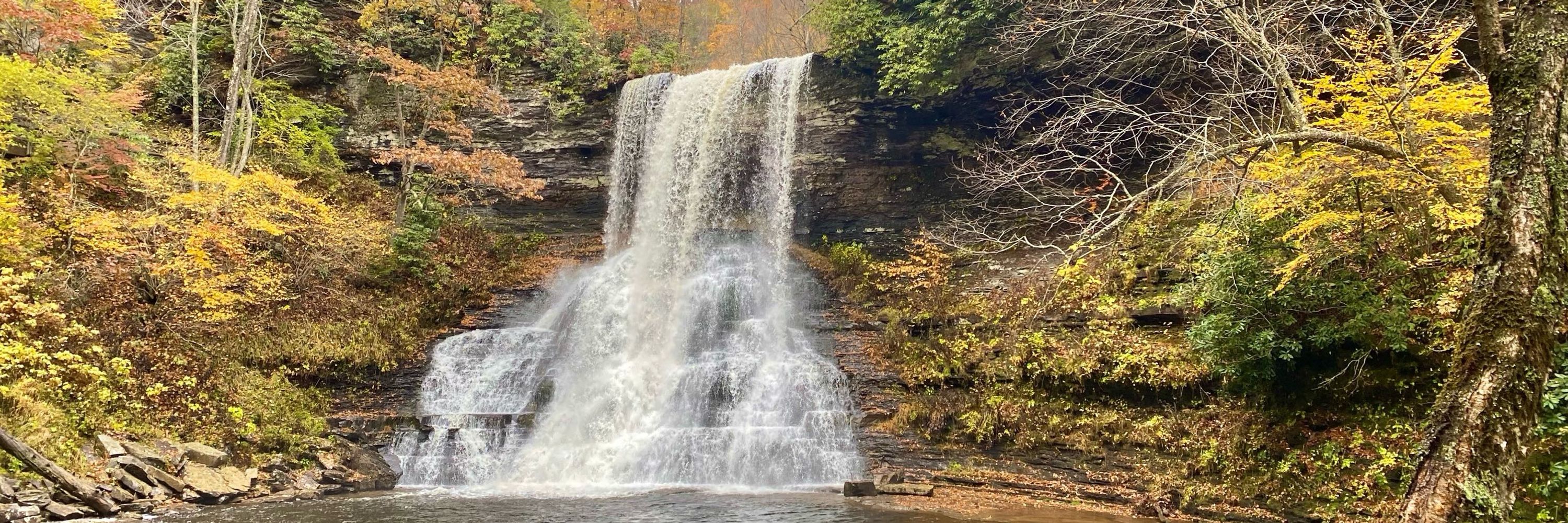
Hello! @aotearoa-unzpd.bsky.social@paleoquake.bsky.socialpaleoseismicity.org

Paleoseismicity.org is a page dedicated to scientists and everyone else interested in paleoseismology, archaeoseismology, neotectonics, earthquake archaeology, earthquake engineering and related topic...
cascadiaquakes.org/geoscience-e... 🌊🌊🌊🌊🌊🌊🌊🌊🌊🌊

About Program Overview Cores to Code (C2C) is a 3-week summer research experience that will delve into the interdisciplinary study of the earthquake and tsunami history of the Cascadia subduction zone...
Are you ready to get muddy? Our first Cores 2 Code (C2C) undergraduate summer research experience will take place in June 2025 @ Cal Poly Humboldt. We will delve into the earthquake and tsunami history of the Cascadia subduction zone through field, lab, and computational methods. See the link below!
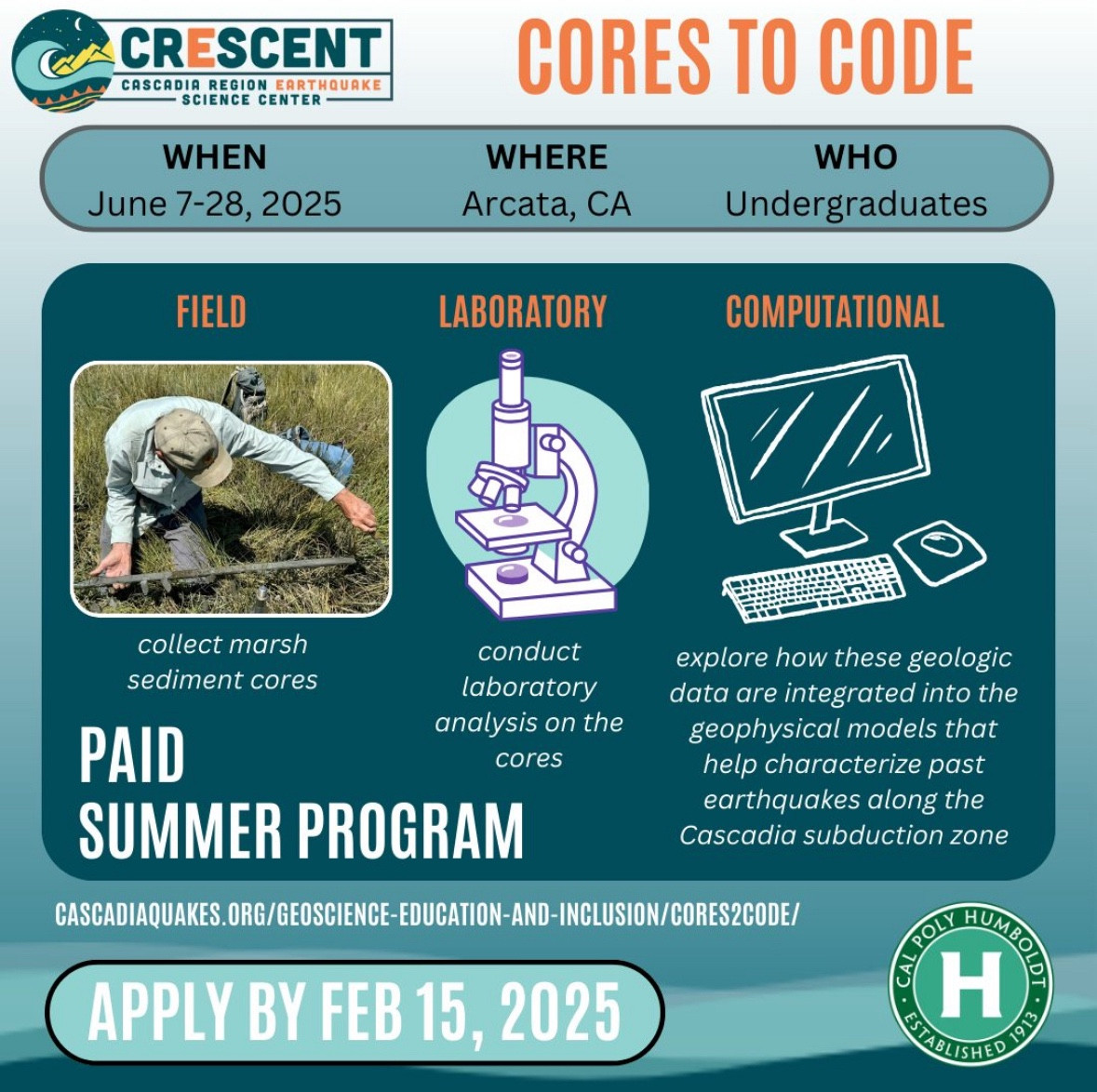


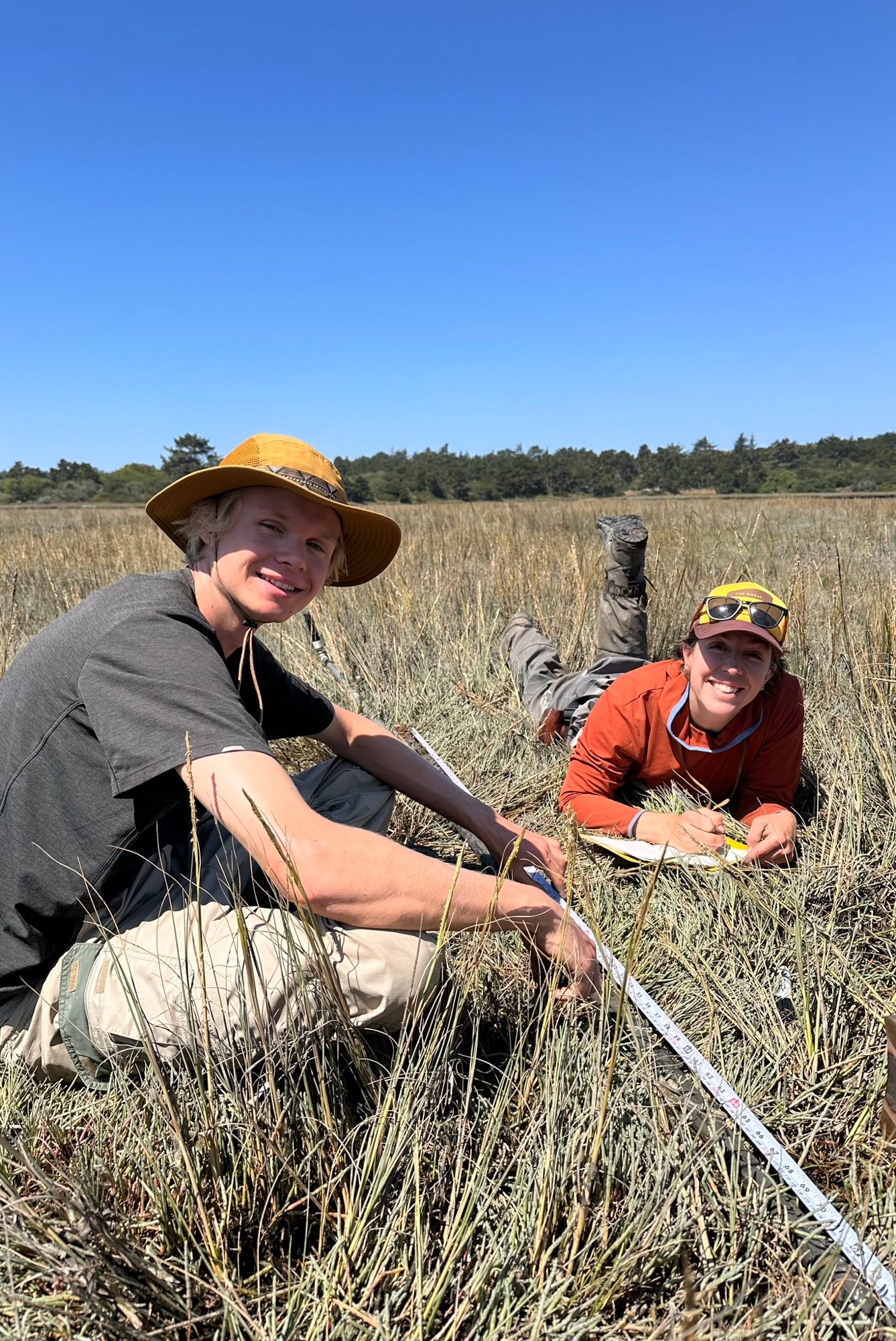
Check out this Oregon public broadcasting video on our Oregon coastal geology work looking at past earthquakes and tsunamis. It’s only 10 minutes long but packs a punch! youtu.be/BIK3jfFvm_8?...
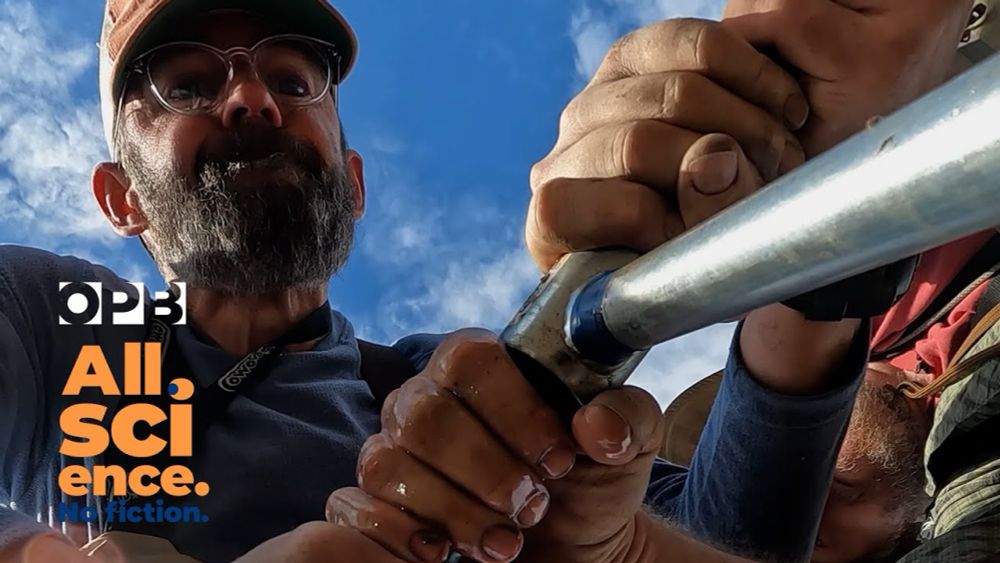
When the Cascadia earthquake hits, it’s going to be bad for pretty much everyone in the Pacific Northwest. One of the more frightening impacts of the “Big One” is that the Oregon coast will literally sink, heightening the effects of the predicted tsunami and permanently altering the coastline. But scientists are now using tiny fossils, called diatoms, to better understand the risks. Working on the Oregon coast, researchers have found that these diatoms offer clues to how much land will subside and how far a tsunami could wash inland after the next big Cascadia quake. For more stories like this, visit https://www.opb.org/show/all-science-no-fiction/ Chapters: 00.00.00 What will happen when the Cascadia earthquake hits 00.00.25 What tiny fossils can tell us about the next Cascadia earthquake 00.00.56 Oregon salt marsh holds clues to past Cascadia earthquakes 00.01.58 What is a subduction zone earthquake? 00.02.25 What is subsidence? 00.02.55 What is a diatom? 00.03.25 Scientists extract core samples from oregon salt marsh 00.04.10 Cascadia subduction zone earthquakes explained 00.05.10 Japanese tsunami in 2011 is similar to what Oregon can expect 00.06.20 How diatoms relate to tsunamis 00.06.51 What kind of diatoms live in Oregon? 00.07.25 How diatoms show how much land drops during an earthquake 00.08.17 Core samples reveal a history of Cascadia earthquakes 00.09.27 Oregon sea level rise increases the risk from earthquakes --- Oregon Public Broadcasting aims to elevate and amplify the community, connect Oregon and its neighbors, and illuminate a wider world through stories. OPB Every Day. OPB Everywhere. One way to support OPB and the work of public media is to subscribe to our channel for new OPB videos every month: https://www.youtube.com/opb?sub_confirmation=1 Member support makes all the videos on the OPB YouTube channel possible, and everything else you love. Ensure the next important story is covered and join in as a Sustainer now at https://give.opb.org/opb/?s=OAMEGNS220500000 #allsciencenofiction #cascadiaearthquake #thebigone #cascadiatectonics #UnpreparedNW #tsunami #Oregonearthquake #OPB #Oregon #PacificNorthWest
Wrapping up @cascadiaEQs fieldwork with the Cascadia Paleoseismology team. We collected new cores from Lagoon Creek for radiocarbon dating of tsunami deposits and conducted high-resolution surveying to work out tsunami inundation heights. ☀️ #norcal#cascadiaexplored#tsunamis

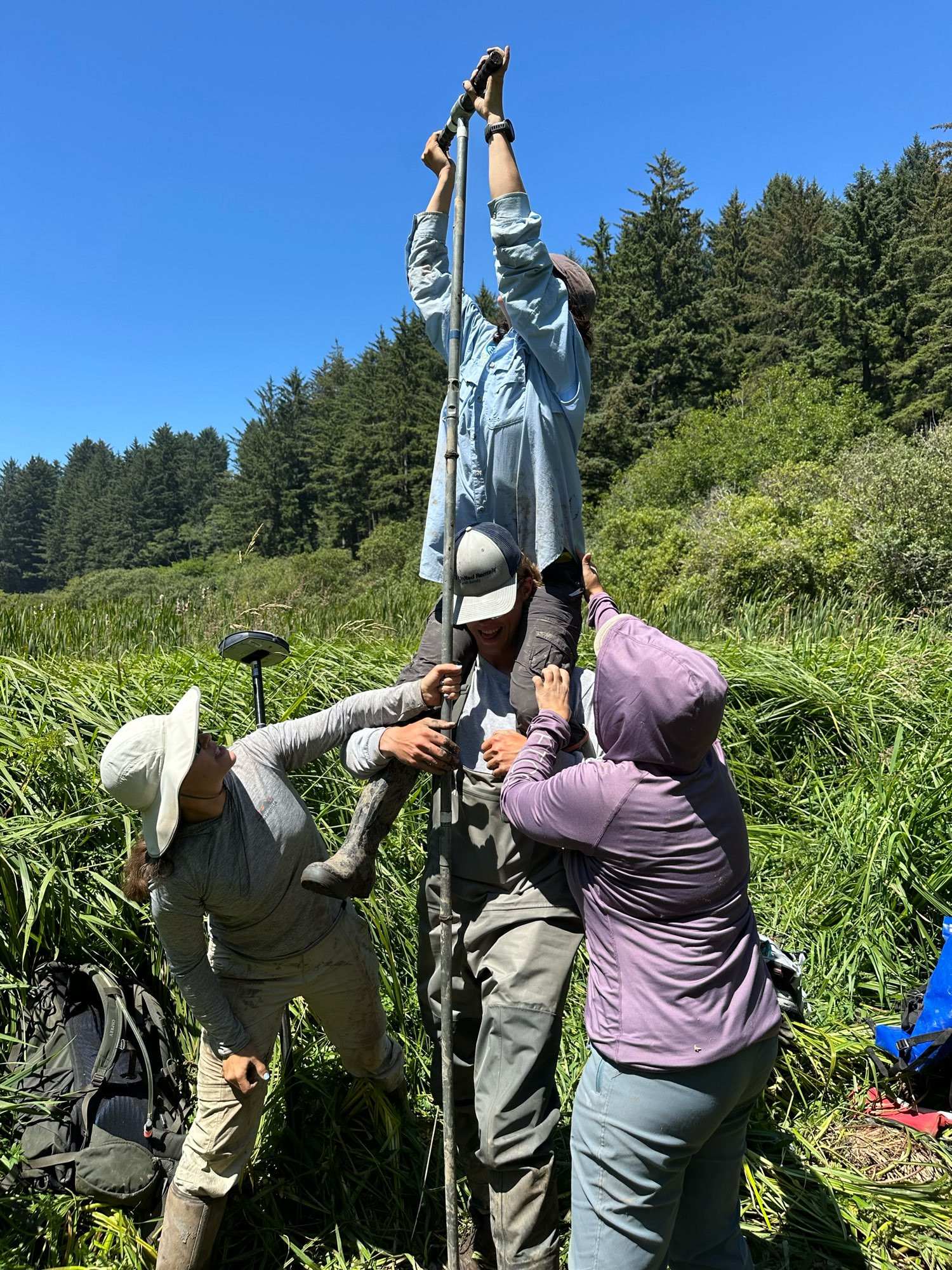
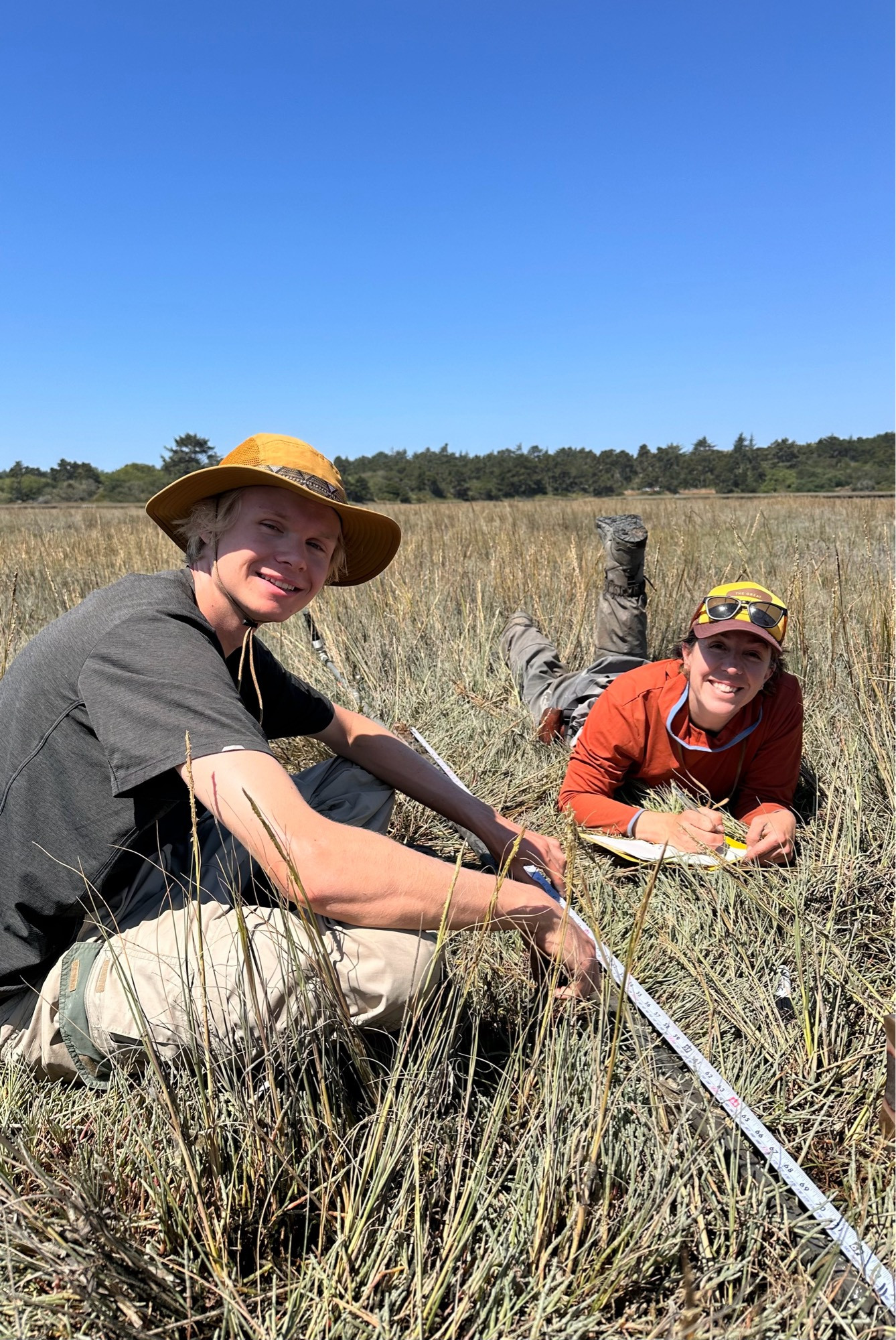
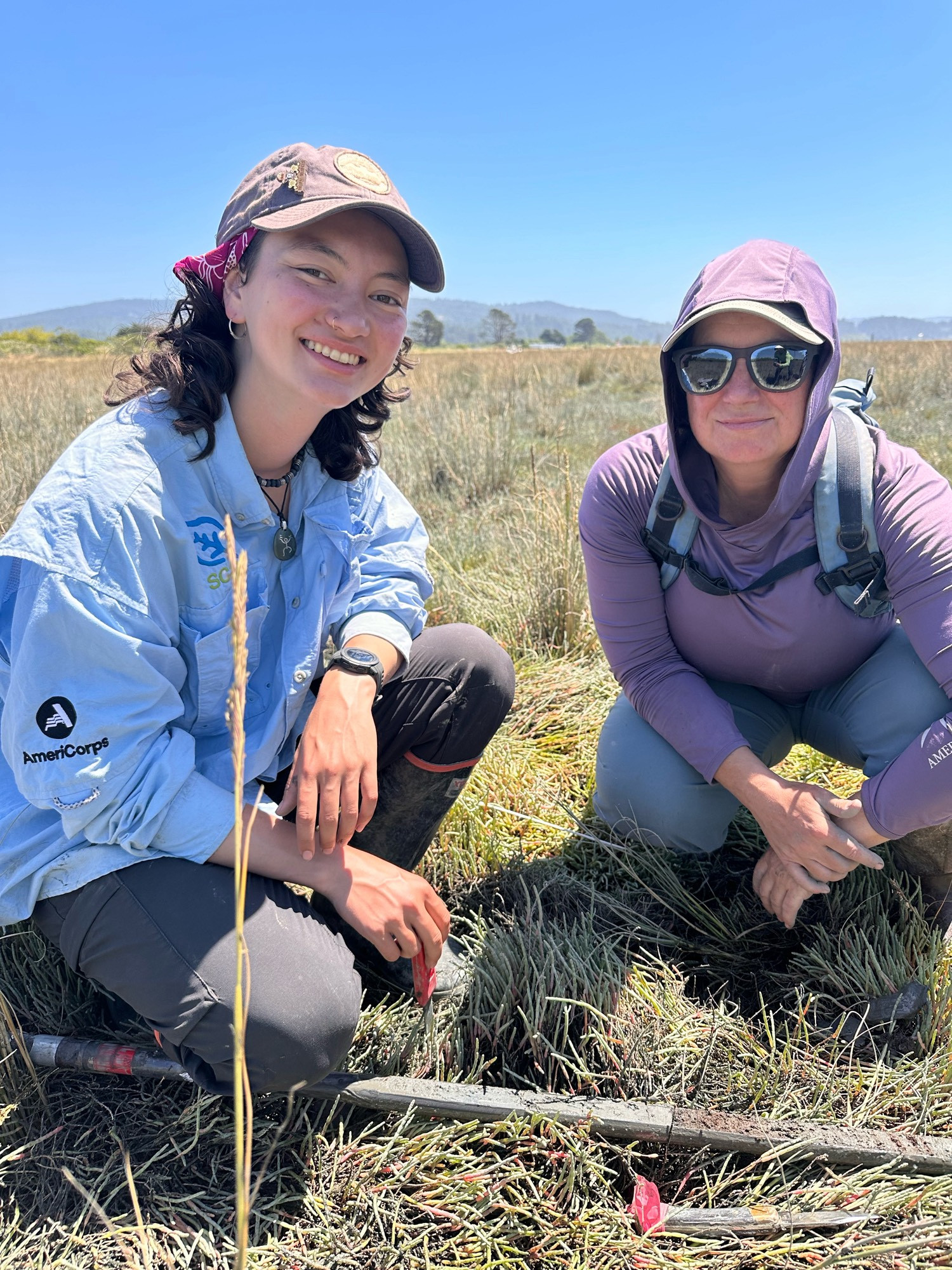
Our latest paper was chosen as an Editor's Highlight in @AGU_Eos! We use coastal geology to show that ruptures of the Patton Bay splay fault occurred together with 4 of 8 past Alaskan megathrust earthquakes during the last 4,200 years @theAGU #AGUpubseos.org/editor-highl...

Stratigraphic and diatom analyses suggest ruptures of the Patton Bay splay fault occurred together with half of the documented great Alaskan megathrust earthquakes during the past 4,200 years.
agupubs.onlinelibrary.wiley.com/doi/10.1029/...
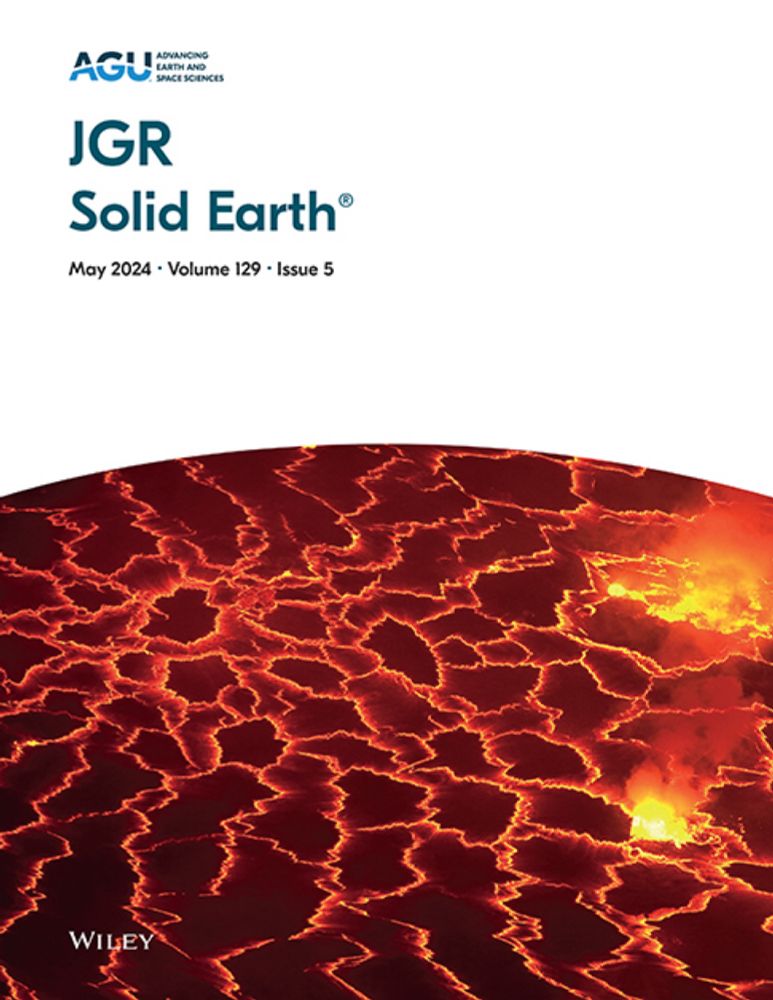
<em>Journal of Geophysical Research: Solid Earth</em> is a premier AGU geophysics journal, publishing research articles from across the Earth sciences that significantly advance the field.
Check out this article highlighting our new Alaska splay fault paper. We know there are active splay faults in Alaska, but how often do they rupture with the megathrust? And what does that mean for local tsunamis? Our study sheds some light on this! t.co/8Ks5itPCG1

Groundbreaking research has provided new insight into the tectonic plate shifts that create some of the Earth’s largest earthquakes and tsunamis.
No better way to spend a Sunday afternoon than with @HokiesWBB. The atmosphere was 🔥 and Red Panda was spectacular #Hokies

